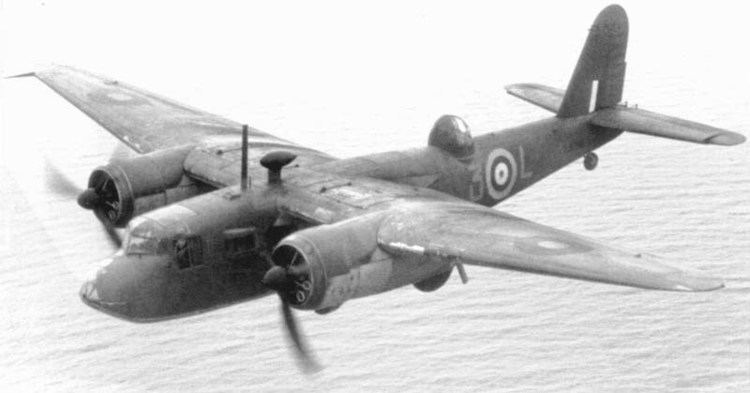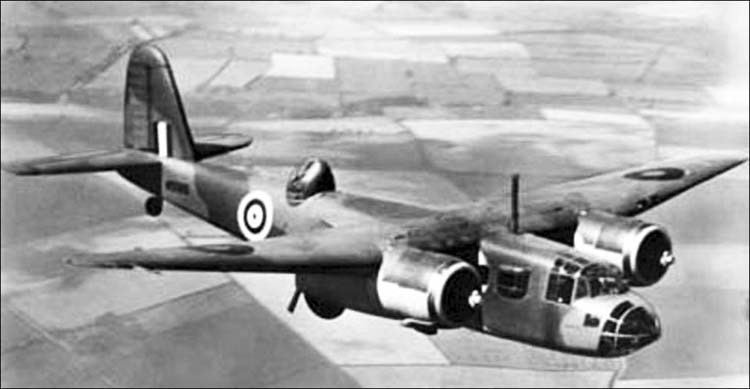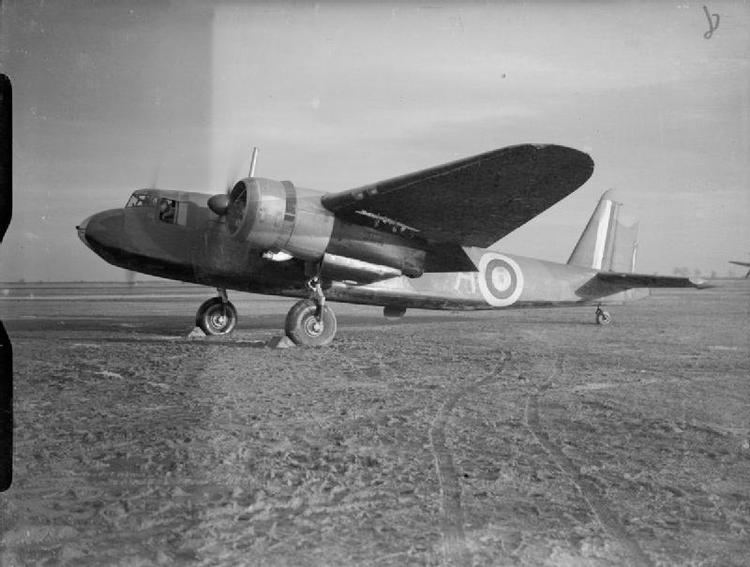Top speed 400 km/h Length 16 m Retired September 1944 | Wingspan 18 m Introduced 12 December 1939 First flight December 28, 1938 | |
Warplane disasters episode 3 the blackburn botha
The Blackburn B.26 Botha was a British four-seat reconnaissance and torpedo bomber. It was built by Blackburn Aircraft at its factories at Brough and Dumbarton, as a competitor to the Bristol Beaufort, and entered service with the RAF in 1939. It was underpowered and was quickly withdrawn from operations.
Contents
- Warplane disasters episode 3 the blackburn botha
- Blackburn botha mk1 3d flyaround animation
- Development and design
- Operational history
- Variants
- Operators
- Specifications Botha MkI
- References

Blackburn botha mk1 3d flyaround animation
Development and design

In September 1935, the British Air Ministry issued specification M.15/35, for a three-seat twin-engined reconnaissance/torpedo bomber. Two submissions that met this requirement were accepted, from Blackburn for the Botha and the Type 152 (later known as the Beaufort) from Bristol. Both were intended to use the 850 hp (634 kW) Bristol Perseus engine. The Air Ministry later revised the specification to M.10/36, which required a crew of four. The weight increase meant that both designs required more power. The 1,130 hp (840 kW) Taurus was provided for the Beaufort, but the Botha received only the Perseus X of 880 hp (660 kW).

The Air Ministry ordered 442 Bothas in 1936, while also placing orders for the Beaufort. The first flight took place on 28 December 1938.

The aircraft was built both at Blackburn's factory at Brough but also at a new factory at Dumbarton, Scotland. Brough built 382 aircraft and Dumbarton 200, a total of 580.
Operational history

Service testing of the Botha showed that the aircraft had several major problems. It was considered to have poor lateral stability, while the view to the side or rearward was virtually nonexistent owing to the location of the aircraft's engines, with the poor view making the aircraft "useless as a GR [General Reconnaissance] aircraft". Finally, the Botha was also underpowered. Although the Botha successfully passed torpedo and mine-dropping trials, the aircraft's poor performance resulted in the decision in April 1940 to issue the Botha only to four general reconnaissance squadrons equipped with the Avro Anson, rather than the torpedo bomber squadrons previously planned.

The Botha entered squadron service in June 1940 with No. 608 Squadron RAF, the only squadron that would use the Botha operationally, on convoy escort duties starting in August that year. Typical bomb load on these patrols was three 100 lb (50 kg) anti-submarine bombs and two 250 lb (110 kg) general-purpose bombs.
In service, the Botha proved to be severely underpowered and unstable and there were a number of fatal crashes in 1940. Both airframe and engine were subject to further development work, but it was decided to withdraw the type from frontline service. At this point, the Air Staff decided to transfer the surviving aircraft to training units, which inevitably resulted in further casualties.
Some Bothas were converted to target tugs and redesignated TT Mk.I.
The type was finally retired in September 1944. In total, 580 aircraft were built.
Variants
Operators
Specifications (Botha Mk.I)
Data from The Hamlyn Concise Guide to British Aircraft of World War II
General characteristics
Performance
Armament
